February 25, 2014


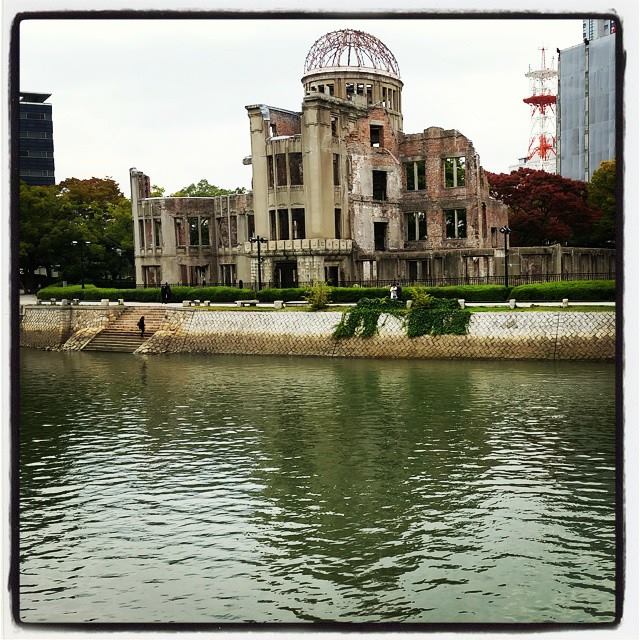
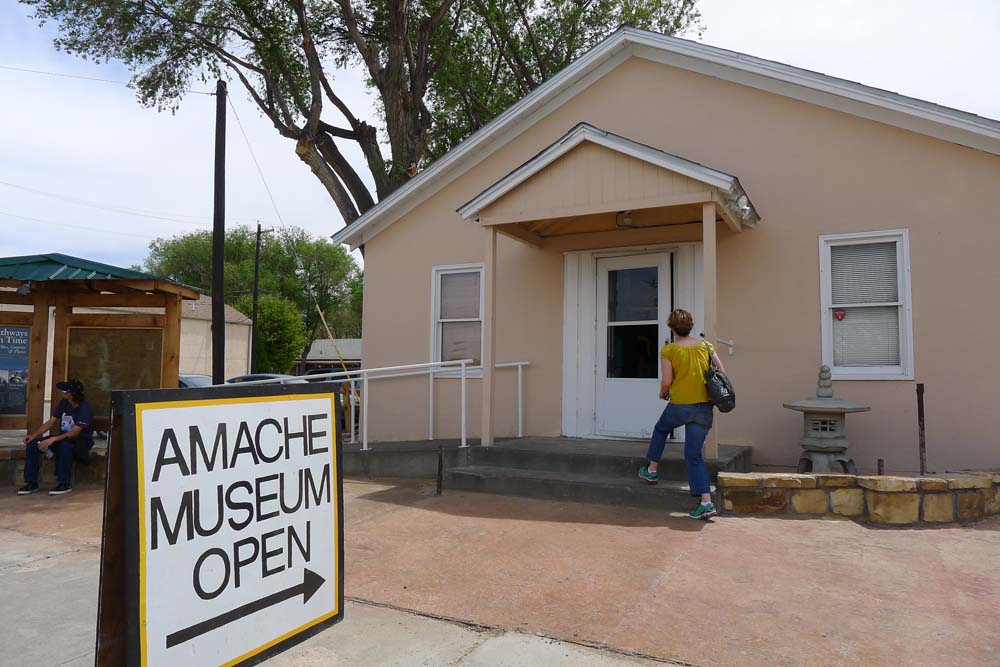 The Amache Museum, a block from Granada High School, is managed by students from the school who take the "Amache Preservation Society" class. The students maintain the concentration camp site outside of Granada.[/caption]
It’s a rite of greeting among older Japanese Americans. I’ve seen it happen over and over – one JA is introduced to another, and if they’re old enough, the first question they ask of each other is, “what camp were you at?”
We all know that “camp” in the context of Japanese Americans has nothing to do with summer camp. These people are not being nostalgic about singing “Kumbaya” around the campfire, hopping along in potato sack races (maybe it would be rice sack races?) and learning how to “rough it” in the great outdoors.
“Camp,” of course, in the Japanese American context, are the internment camps, or as I increasingly call them, “concentration camps,” that 110,000 people of Japanese descent were held in during World War II. So an elderly man says he was in Arkansas, and the other man says “Oh yeah? Which one?” “Jerome.” Common ground is found, and the two reminisce, if that’s the right word, about their families’ unjust incarceration.
The Amache Museum, a block from Granada High School, is managed by students from the school who take the "Amache Preservation Society" class. The students maintain the concentration camp site outside of Granada.[/caption]
It’s a rite of greeting among older Japanese Americans. I’ve seen it happen over and over – one JA is introduced to another, and if they’re old enough, the first question they ask of each other is, “what camp were you at?”
We all know that “camp” in the context of Japanese Americans has nothing to do with summer camp. These people are not being nostalgic about singing “Kumbaya” around the campfire, hopping along in potato sack races (maybe it would be rice sack races?) and learning how to “rough it” in the great outdoors.
“Camp,” of course, in the Japanese American context, are the internment camps, or as I increasingly call them, “concentration camps,” that 110,000 people of Japanese descent were held in during World War II. So an elderly man says he was in Arkansas, and the other man says “Oh yeah? Which one?” “Jerome.” Common ground is found, and the two reminisce, if that’s the right word, about their families’ unjust incarceration.
 Evan Jackson Leong, the director of the entertaining and inspiring documentary "Linsanity: The Jeremy Lin Story," tells interviewers that Lin's story "transcends sports, race and culture." That's true enough, because Jeremy Lin's story -- a determined young man loves basketball above all else but is ignored by colleges and the NBA despite his talent, and perseveres in the end by sheer determination and religious faith -- is universal.
But as an Asian American, Lin's story is inspirational for me precisely because he's Asian American. His ethnicity was the main reason he was dismissed by colleges and the NBA, even though he was an all-star leader in high school.
I hope everyone watches "Linsanity," which went on sales on DVD this week, and is inspired by his universal story, or his incredible accomplishment as an Asian American.
I know many Asian Americans watched it at film festivals, or during one of many special fundraising screenings for Asian and Asian American nonprofit organizations across the country. In Colorado it was screened by an Asian American fraternity at the University of Colorado in Boulder and a Japanese American history group in Denver. If Asians didn't watch the documentary in a theater, they probably watched it on cable TV -- Comcast featured it in its Asian American channel for months.
But it's great to revisit "Linsanity" on DVD (wish there were some extras added, though).
Evan Jackson Leong, the director of the entertaining and inspiring documentary "Linsanity: The Jeremy Lin Story," tells interviewers that Lin's story "transcends sports, race and culture." That's true enough, because Jeremy Lin's story -- a determined young man loves basketball above all else but is ignored by colleges and the NBA despite his talent, and perseveres in the end by sheer determination and religious faith -- is universal.
But as an Asian American, Lin's story is inspirational for me precisely because he's Asian American. His ethnicity was the main reason he was dismissed by colleges and the NBA, even though he was an all-star leader in high school.
I hope everyone watches "Linsanity," which went on sales on DVD this week, and is inspired by his universal story, or his incredible accomplishment as an Asian American.
I know many Asian Americans watched it at film festivals, or during one of many special fundraising screenings for Asian and Asian American nonprofit organizations across the country. In Colorado it was screened by an Asian American fraternity at the University of Colorado in Boulder and a Japanese American history group in Denver. If Asians didn't watch the documentary in a theater, they probably watched it on cable TV -- Comcast featured it in its Asian American channel for months.
But it's great to revisit "Linsanity" on DVD (wish there were some extras added, though).
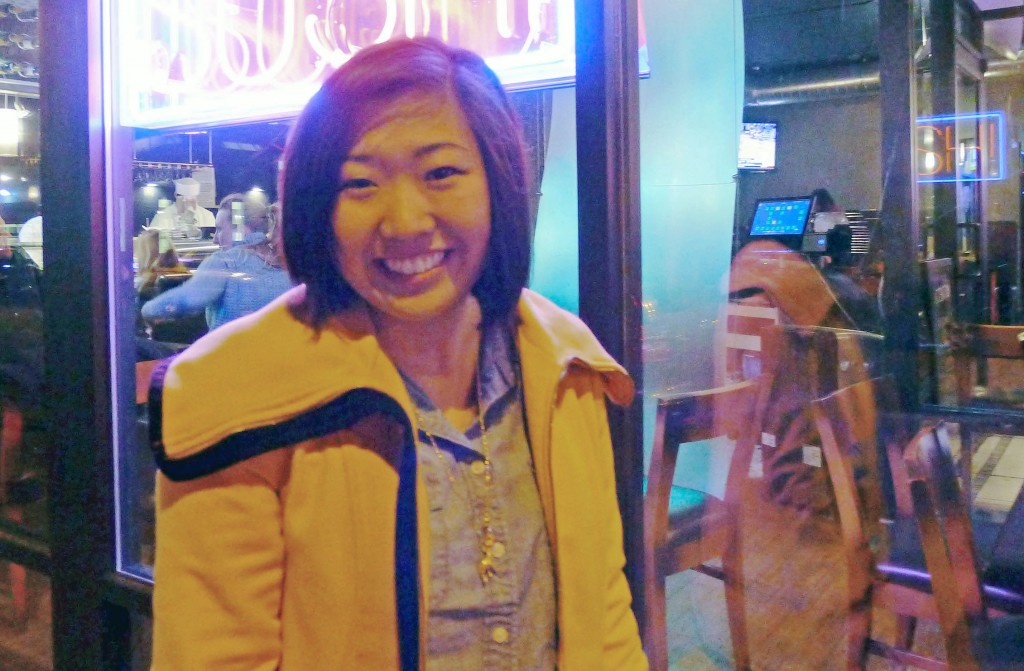 I've watched in awe and appreciation for the past week as a Twitter hashtag created by writer and activist Suey Park, "#NotYourAsianSidekick, has achieved the impressive feat of trending on the social network, sparking a global discussion about Asian stereotypes, Asian American identity and especially, the challenges faced by Asian American women.
Park first used the hashtag on Sunday, December 15 to promote a Twitter conversation the next day about how feminism had minimized and marginalized Asian American women. "Be warned," the tweet announced. "Tomorrow morning we will be have a convo about Asian American Feminism with hashtag #NotYourAsianSidekick. Spread the word!!!!!!!"
The conversation couldn't wait 'til the next morning. It began right away, and led to a torrent of posts from Asian American women who aired their frustration and anger, inspiring others to add their voices to the chorus.
I've watched in awe and appreciation for the past week as a Twitter hashtag created by writer and activist Suey Park, "#NotYourAsianSidekick, has achieved the impressive feat of trending on the social network, sparking a global discussion about Asian stereotypes, Asian American identity and especially, the challenges faced by Asian American women.
Park first used the hashtag on Sunday, December 15 to promote a Twitter conversation the next day about how feminism had minimized and marginalized Asian American women. "Be warned," the tweet announced. "Tomorrow morning we will be have a convo about Asian American Feminism with hashtag #NotYourAsianSidekick. Spread the word!!!!!!!"
The conversation couldn't wait 'til the next morning. It began right away, and led to a torrent of posts from Asian American women who aired their frustration and anger, inspiring others to add their voices to the chorus.
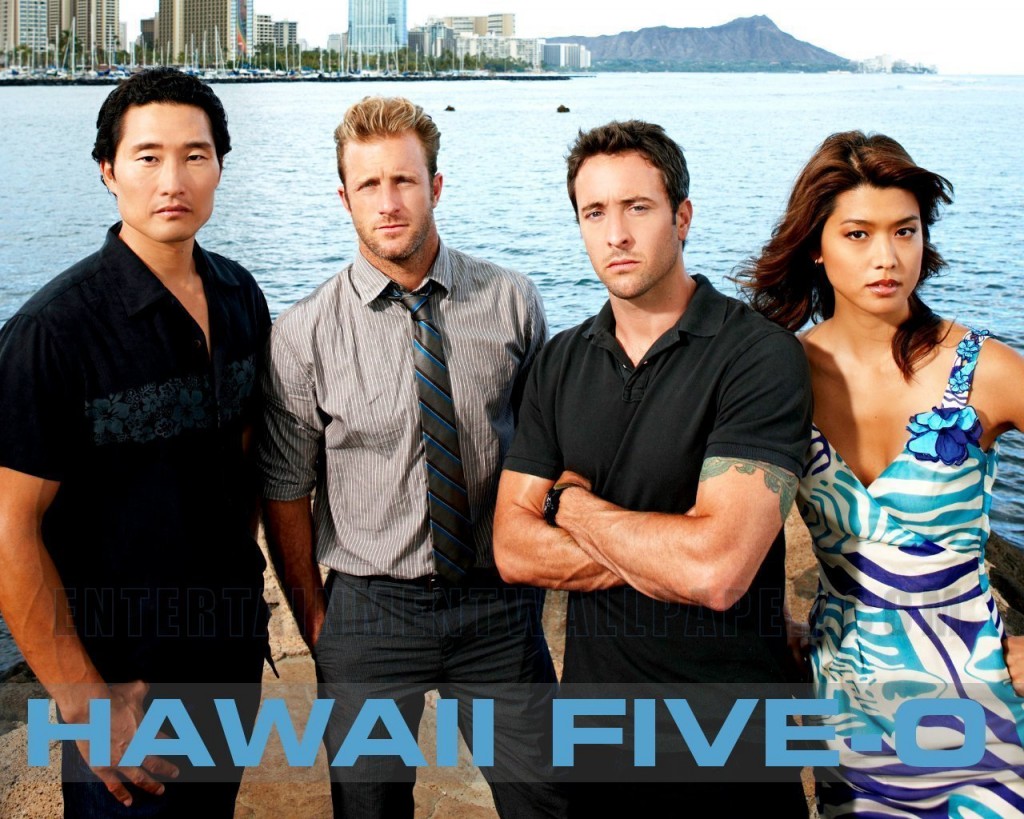 We're fans of the CBS series "Hawaii Five-0" for lots of reasons, including the fact that it's a showcase for Asian and Pacific Islander actors such as Daniel Dae Kim and Grace Park, and the entertaining "bromance" relationship between Steve McGarrett (Alex O'Loughlin) and Danny "Danno" Williams (Scott Caan).
I always loved the original series that ran from 1968-1980, and think it's great that this reboot uses pretty much the same arrangement for the theme song, and even uses quick-cut images that evoke the look and feel of the intro sequence from the earlier Five-0.
And finally, who can't love a show that celebrates the coolest and best-looking of all the United States, with loving b-roll shots of both its glistening city life and its incredibly beautiful natural scenery?
This week, we get a whole new reason to appreciate "Hawaii Five-0" and tune in regularly. The producers are focusing on an aspect of American history that still remains under the radar of most mainstream American pop culture: The American imprisonment of people of Japanese ancestry in the wake of Japan's attack on Pearl Harbor.
We're fans of the CBS series "Hawaii Five-0" for lots of reasons, including the fact that it's a showcase for Asian and Pacific Islander actors such as Daniel Dae Kim and Grace Park, and the entertaining "bromance" relationship between Steve McGarrett (Alex O'Loughlin) and Danny "Danno" Williams (Scott Caan).
I always loved the original series that ran from 1968-1980, and think it's great that this reboot uses pretty much the same arrangement for the theme song, and even uses quick-cut images that evoke the look and feel of the intro sequence from the earlier Five-0.
And finally, who can't love a show that celebrates the coolest and best-looking of all the United States, with loving b-roll shots of both its glistening city life and its incredibly beautiful natural scenery?
This week, we get a whole new reason to appreciate "Hawaii Five-0" and tune in regularly. The producers are focusing on an aspect of American history that still remains under the radar of most mainstream American pop culture: The American imprisonment of people of Japanese ancestry in the wake of Japan's attack on Pearl Harbor.
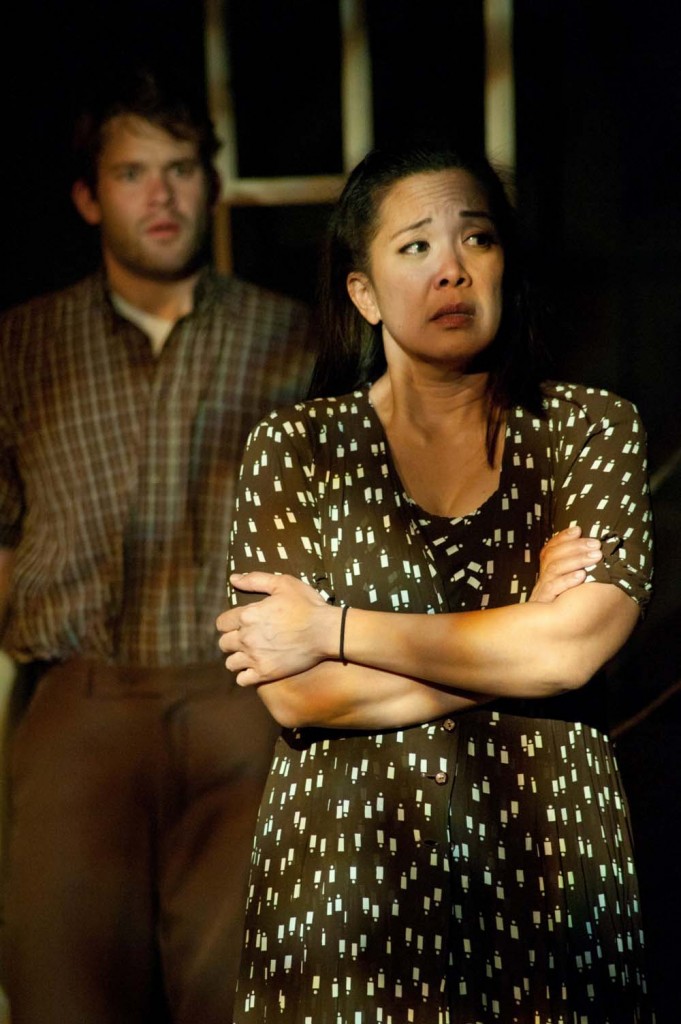 Many Japanese Americans who've grown up since World War II -- myself included -- dreaded December 7 every year. As kids (and sometimes as adults) we've been taunted with hateful calls to "Go home, Jap!," "Go back where you cam from!" and the classic, "Remember Pearl Harbor!"
As if we could forget.
The war happened decades ago, and as Japanese Americans we had nothing to do with the attack on the U.S. military on Hawaii that sparked America's entry into WWII. Hell, today, most people in Japan had nothing to do with Pearl Harbor. Yet, I still feel wary when I go out on Dec. 7. Although I haven't faced a dumb remark in years now, I know that feeling is always there, just beneath the surface of civility.
The ugliness comes out, perversely, when a tragedy occurs in Japan, like the "It's God's revenge for Pearl Harbor!" comments that were tweeted out after the March 11, 2011 earthquake and tsunami that devastated northeast Japan.
So we decided this year, we'd face our trepidation directly. We bought tickets for "Snow Falling on Cedars," the stage version of David Guterson's award-winning 1994 novel about the after-effects of post-war racial hatred against Japanese Americans in a small Pacific northwest community. The book was made into an atmospheric film in 1999 starring Ethan Hawke that was nominated for a cinematography Oscar.
Seeing the play at the Vintage Theatre in Aurora would help exorcise the Pearl Harbor demons, we figured, even as it reminded us of the hysteria that the bombing caused. That hysteria led just a few months later to the imprisonment of almost 120,000 people of Japanese ancestry -- half American citizens, born in the U.S. -- in concentration camps away from the West Coast.
Many Japanese Americans who've grown up since World War II -- myself included -- dreaded December 7 every year. As kids (and sometimes as adults) we've been taunted with hateful calls to "Go home, Jap!," "Go back where you cam from!" and the classic, "Remember Pearl Harbor!"
As if we could forget.
The war happened decades ago, and as Japanese Americans we had nothing to do with the attack on the U.S. military on Hawaii that sparked America's entry into WWII. Hell, today, most people in Japan had nothing to do with Pearl Harbor. Yet, I still feel wary when I go out on Dec. 7. Although I haven't faced a dumb remark in years now, I know that feeling is always there, just beneath the surface of civility.
The ugliness comes out, perversely, when a tragedy occurs in Japan, like the "It's God's revenge for Pearl Harbor!" comments that were tweeted out after the March 11, 2011 earthquake and tsunami that devastated northeast Japan.
So we decided this year, we'd face our trepidation directly. We bought tickets for "Snow Falling on Cedars," the stage version of David Guterson's award-winning 1994 novel about the after-effects of post-war racial hatred against Japanese Americans in a small Pacific northwest community. The book was made into an atmospheric film in 1999 starring Ethan Hawke that was nominated for a cinematography Oscar.
Seeing the play at the Vintage Theatre in Aurora would help exorcise the Pearl Harbor demons, we figured, even as it reminded us of the hysteria that the bombing caused. That hysteria led just a few months later to the imprisonment of almost 120,000 people of Japanese ancestry -- half American citizens, born in the U.S. -- in concentration camps away from the West Coast.
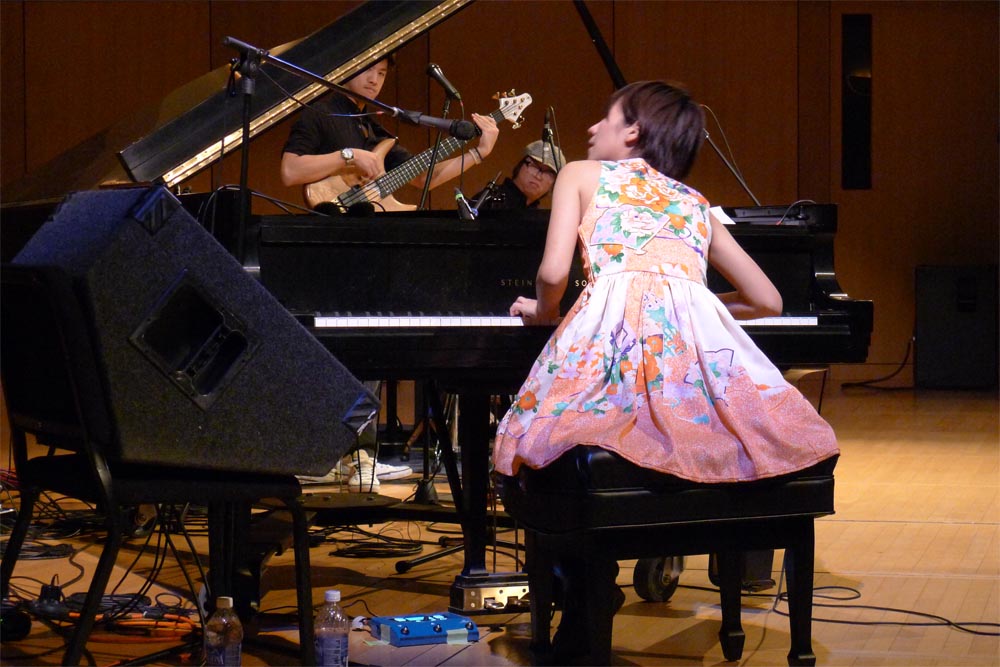 We recently were privileged to enjoy a concert of contemporary jazz by a vibrant young group from Japan, the Ai Kuwabara Trio Project. Simply put, the combo rocked the joint at the King Center for the Performing Arts at the Auraria campus. The auditorium was full for the free performance, and I bet everyone there were blown away.
Pianist Kuwabara is impossibly young for such an astonishingly assured and accomplished musician and composer. She's a mere 23 years old, but she and her bassist and musical partner Yusuke Morita have already released two albums as the Ai Kuwabara Trio Project (the "Project" part is because the group doesn't have a permanent drummer, though Shintaro Imamura is doing a sterling job on the current tour).
The musicians' youth comes through in the way they are almost starstruck at their own success. At a pre-show reception, Kuwabara bowed deeply when she was introduced to Ikuhiko Ono, the Consul General of Japan at Denver, and his wife Eiko. The tour is organized by the Japan Foundation of Los Angeles, which brings a variety of Japanese arts and culture and showcases them here in the States. This particular tour was too brief: The group played in Berkeley and LA before coming to Denver, and the next day they flew off to Anchorage -- yes, Alaska -- to perform one more time before flying back to Japan.
We recently were privileged to enjoy a concert of contemporary jazz by a vibrant young group from Japan, the Ai Kuwabara Trio Project. Simply put, the combo rocked the joint at the King Center for the Performing Arts at the Auraria campus. The auditorium was full for the free performance, and I bet everyone there were blown away.
Pianist Kuwabara is impossibly young for such an astonishingly assured and accomplished musician and composer. She's a mere 23 years old, but she and her bassist and musical partner Yusuke Morita have already released two albums as the Ai Kuwabara Trio Project (the "Project" part is because the group doesn't have a permanent drummer, though Shintaro Imamura is doing a sterling job on the current tour).
The musicians' youth comes through in the way they are almost starstruck at their own success. At a pre-show reception, Kuwabara bowed deeply when she was introduced to Ikuhiko Ono, the Consul General of Japan at Denver, and his wife Eiko. The tour is organized by the Japan Foundation of Los Angeles, which brings a variety of Japanese arts and culture and showcases them here in the States. This particular tour was too brief: The group played in Berkeley and LA before coming to Denver, and the next day they flew off to Anchorage -- yes, Alaska -- to perform one more time before flying back to Japan.
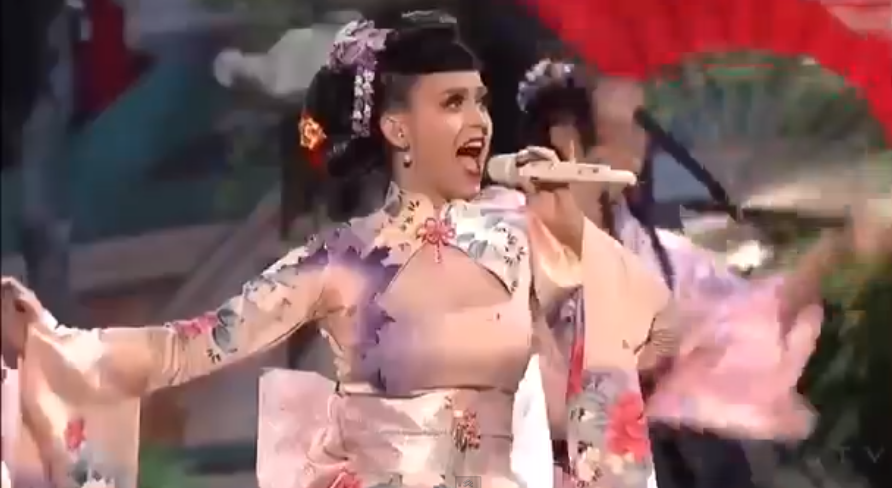 Katy Perry opened the American Music Awards with an over-the-top performance of her song "Unconditionally," dressed in a gaudy, faux-Japanese kimono (with Chinese-style mandarin collar and slits up the legs, as well as American-style exposed cleavage) and painted in hideous full-yellowface makeup to fake an "Oriental" look.
The performance has sparked some outrage in both the blogosphere and mainstream media. Maybe that's what she wanted. She's probably pissed that Miley Cyrus has been getting all the media attention recently for her edgy, racy performances.
The opening notes of the AMA segment (below), plucked out on shamisen, a traditional Japanese stringed instrument, while a woman in kimono was silhouetted behind a Japanese shoji screen, had me hopeful that something that showed respect, appreciation and understanding for Japanese culture was about to be broadcast.
But no.
As the screen is pulled away and the woman behind it -- Perry in her fake kimono -- started singing, my heart sank and my gut clenched. Here we go again, a cultural mishmash of what white people think is "Japanese" all thrown into one ugly, cluttered, throw-in-the-kitchen-sink four-minute nightmare.
Katy Perry opened the American Music Awards with an over-the-top performance of her song "Unconditionally," dressed in a gaudy, faux-Japanese kimono (with Chinese-style mandarin collar and slits up the legs, as well as American-style exposed cleavage) and painted in hideous full-yellowface makeup to fake an "Oriental" look.
The performance has sparked some outrage in both the blogosphere and mainstream media. Maybe that's what she wanted. She's probably pissed that Miley Cyrus has been getting all the media attention recently for her edgy, racy performances.
The opening notes of the AMA segment (below), plucked out on shamisen, a traditional Japanese stringed instrument, while a woman in kimono was silhouetted behind a Japanese shoji screen, had me hopeful that something that showed respect, appreciation and understanding for Japanese culture was about to be broadcast.
But no.
As the screen is pulled away and the woman behind it -- Perry in her fake kimono -- started singing, my heart sank and my gut clenched. Here we go again, a cultural mishmash of what white people think is "Japanese" all thrown into one ugly, cluttered, throw-in-the-kitchen-sink four-minute nightmare.

This website uses cookies to improve your experience. We\'ll assume you\'re ok with this, but you can opt-out if you wish. Read More


